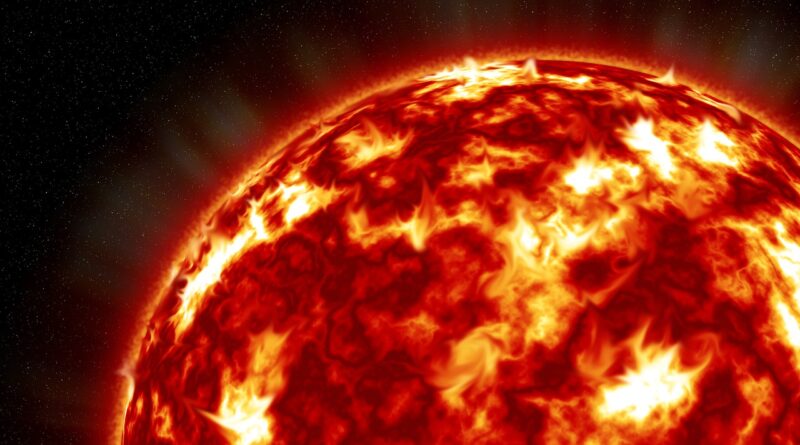Within 24 Hours The Earth To Collide With Two Plasma Clouds
Credit: Pixabay
Today, according to astronomers from the Solar Astronomy Laboratory at IKI and the Institute of Solar-Terrestrial Physics (ISTP), Earth is facing one of the most challenging, and most likely the most challenging, geomagnetic days of the year.
Earth has already entered a stream of high-speed plasma from a large coronal hole on the Sun, and in the coming hours, two clouds of solar material ejected during recent solar flares are expected to approach the planet.
“Flare activity remains at a very high level, posing significant risks to Earth,” the scientists noted. Among these flares, one extreme level—X1.2—was recorded. It was weaker than the flare of the same class on November 9, which reached X1.79. However, yesterday’s flare lasted longer and ejected plasma at a speed of 1,200 km/s, while the day before, the plasma leaving the Sun was 700 km/s. This could allow the plasma cloud from the second flare to overtake the first and hit Earth together, triggering geomagnetic storms of pre-critical G3-G4 levels.
If the second cloud lingers, the several-hour delay will soften the severity of the geomagnetic storm on the planet, but scientists still expect it to increase in intensity from G1-G2 today to G3-G4 in the first half of November 12. “This could be a test for Earth,” the scientists hypothesize. A similar situation was expected on November 7, but we were lucky then – the plasma cloud from the X1.8 class flare (November 4) only touched the planet at its edge.
The main impact is expected with the arrival of plasma clouds. If the periphery of the ejecta strikes Earth, the storm intensity will be limited to G4, but a frontal impact could result in a G5 storm—the maximum storm category.




